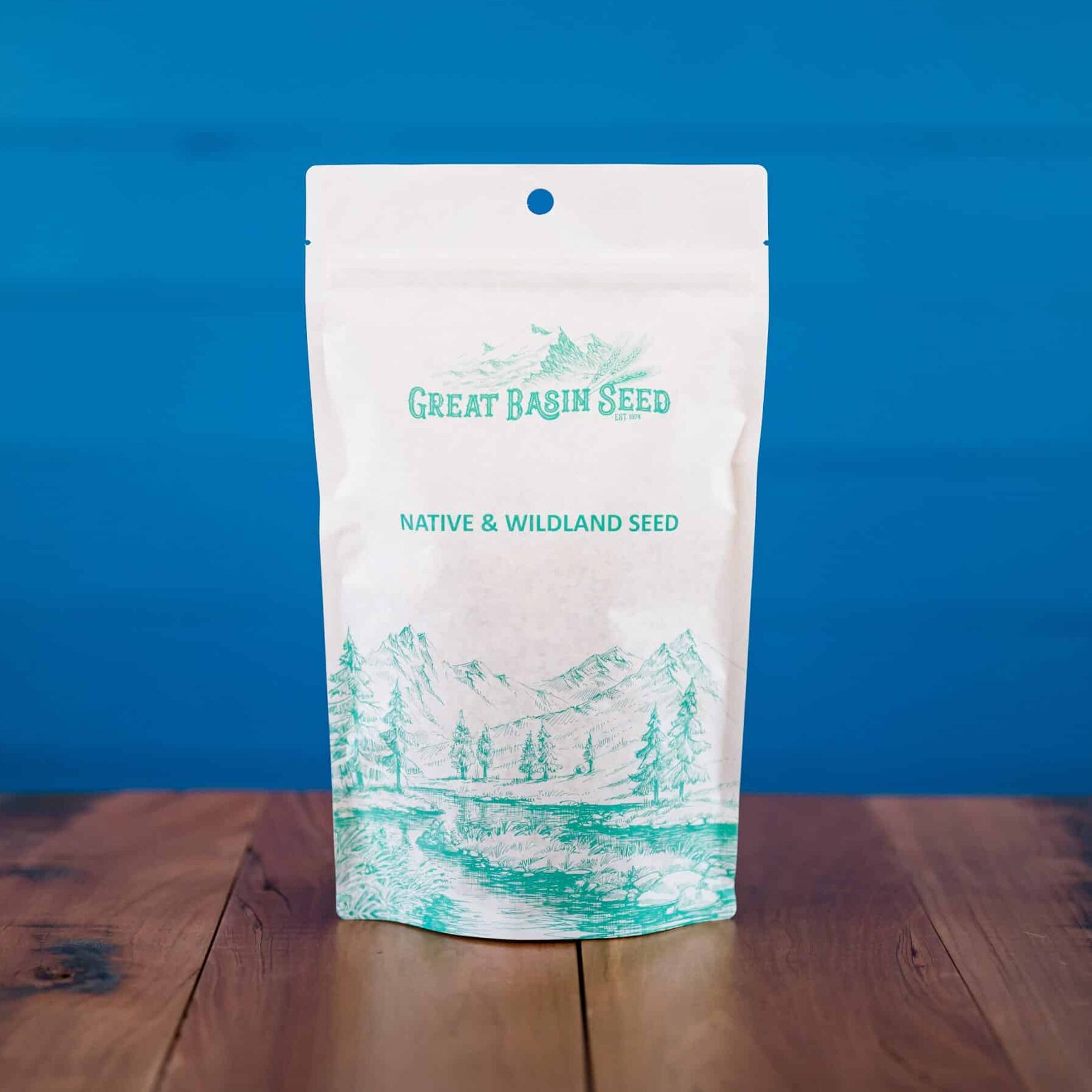Woods Rose (Rosa woodsii), also known common as wild rose or mountain rose, is a shrubs growing 0.2-2(-3) m high with shallow, branching fibrous roots. It sometimes forms nearly impenetrable thickets. Flowers occur on branches lateral from the old wooda and are pink to lilac-pink or lavender. It forms a fleshy red fruit or Hip and was named for Joseph Woods, 1776-1864, an early English student of roses. It is widely distributed over western North America from Alaska and Canada to Northern Mexico.
Fruits of Woods rose are a good source of energy and protein and are eaten by many animals, including squirrels, deer, coyotes, and bears. Many birds and mammals are sustained by the persistent dry hips when the ground is covered with snow. The plants are browsed by livestock and big game from spring through fall, but the young spring leaves are especially palatable. Thickets formed by Woods rose provide nesting and escape cover for many birds and small mammals. Birds and mammals eat the fruits and disperse the seeds in droppings.
The hips are a source of vitamin C and are often dried for use in flavoring teas, jellies, fruitcakes, and puddings.
The rhizome system makes Woods rose effective in erosion control, and the species has been used to revegetate disturbed sites along road cuts, streambanks, and seeps. Plants are used as ornamentals near homes to attract birds and other wildlife.
Woods rose is commonly a dominant species on riparian and wetland sites, but it is adapted to a broad range of moisture conditions. It is common in various regions as a pioneer on disturbed sites, especially along roadsides and south-facing cutbanks. It occurs on bluffs, dry grassy slopes, prairie sandhills, and in clearings in boreal and subalpine forests or sometimes as an understory species in stands dominated by cottonwood, ponderosa pine, and Douglas fir.
The seeds remain viable for 2-5 years, and after warm or cold stratification, they germinate within 30 to 40 days. Woods rose also reproduces through rhizomes, root crown sprouts, and layering. Establishment for ornament or rehabilitation is from transplants, hardwood cuttings, and direct seeding.
Fire of low- to moderate-severity typically top-kills Woods rose, but sprouts from root crowns and rhizomes enable it to persist or even increase. The shallow root crowns are injured by severe fire and populations consequently may decrease in vitality and abundance. Reproduction from seed is rarely observed after fire, and seedling growth rate in a burned area may be slow.
This product has a minimum order quantity of two (2) pounds.
***Click on the “Quick Plant Facts” tab above for more information.
Who is Great Basin Seed?
Great Basin Seed is a seed company that specializes in seed sales and consultation for home, ranch, farm, range and reclamation. We have been a leader in the seed industry since 1974.
Our History
We've been in the seed business since 1974.
What We Offer
We offer seed for home, farm, ranch, range and reclamation projects.
Meet the Gang
We have the best employees in the world! We are proud of the work they do, and trust them to serve you!
Right: Company founder Lloyd and his wife Paula Stevens in a wildflower seed production field circa 1977
Quick Plant Facts
| Common Name: | Common Wild Rose, Interior Rose, Mountain Rose, Pearhip Rose, Prairie Rose |
|---|---|
| Scientific Name: | |
| Lifespan: | |
| Origin: | |
| Plant Type: | |
| pH Tolerance: | |
| Seed Count | 45300 |
| Growth Height: | |
| Planting Rate: | |
| Min. Precipitation | 12 Inches Minimum |
| Best Time to Sow: | |
| Growth Season: | |
| Sun & Shade Tolerance: | Full sun, Partial shade |
| Elevation of Occurance: | |
| Zone Map | comingsoon.gif |
| Hardiness Zones: | |
| Select a Package Size and Quantity | 1 oz. Envelope, 4 oz. Pouch (0.25 lbs.), 8 oz. Pouch (0.50 lbs.), 1 lb. (by the pound) |





